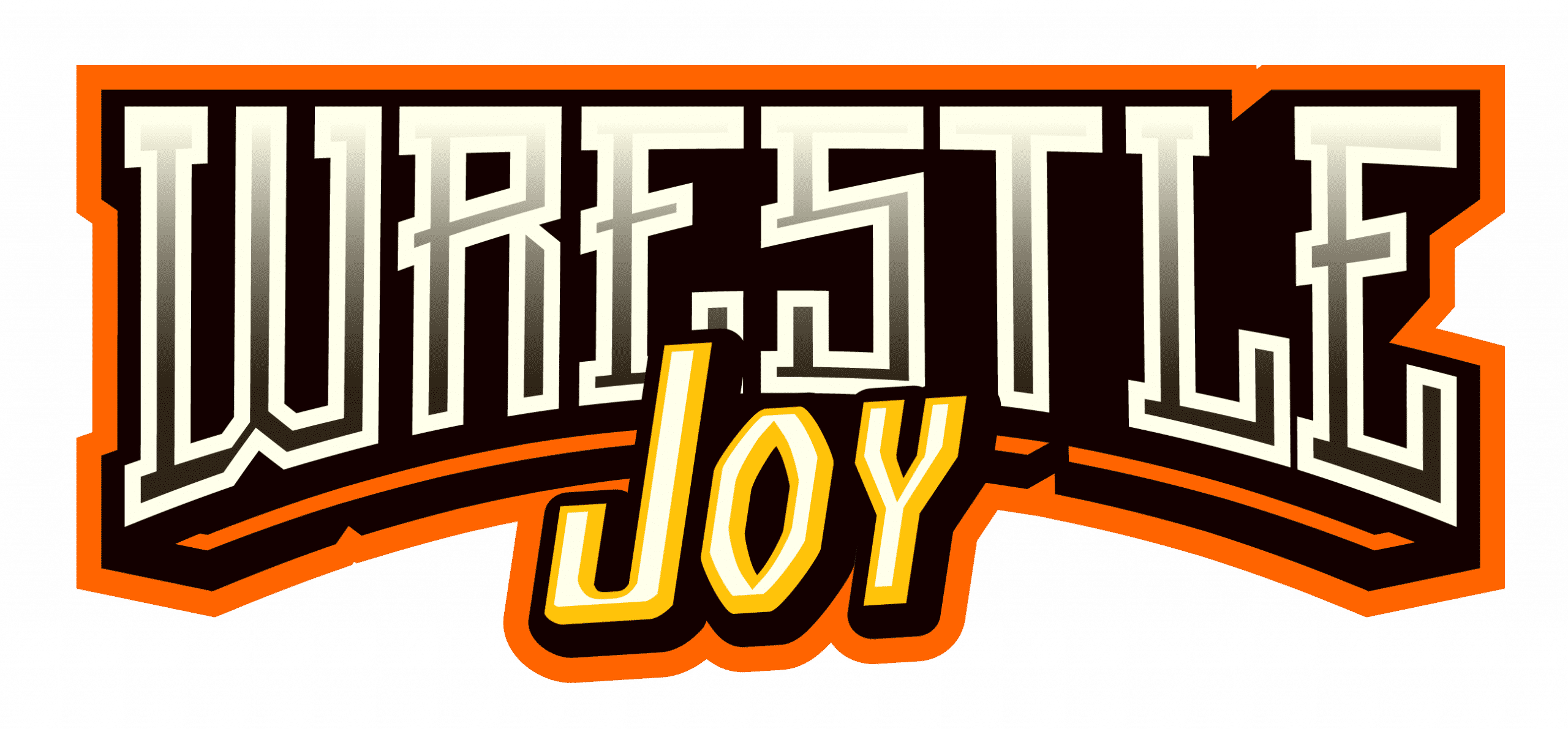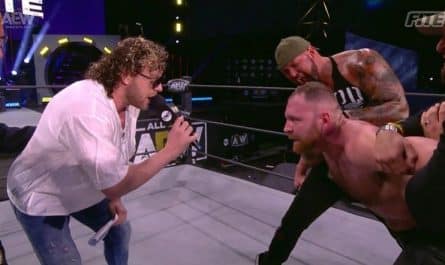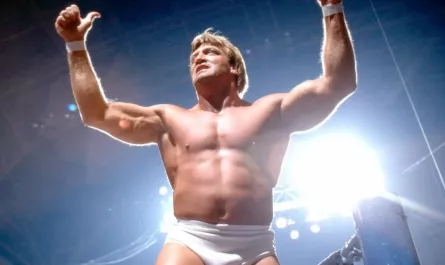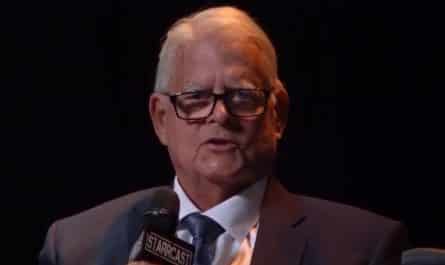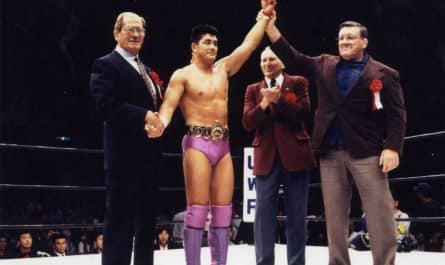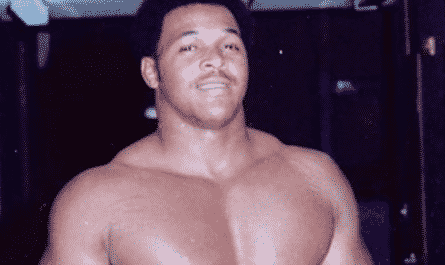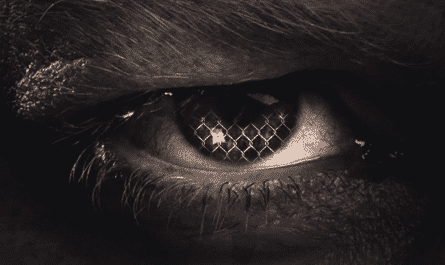
It’s the finish that people remember. More than 26 years removed from the explosion of skull on canvas, it still echoes, a violent, visceral reminder of the extremes to which performers will go to tell their story inside a wrestling ring.
There’s no delicate, artful way to describe what happened to close the greatest wrestling match of all-time. It’s best just to say it plainly, because there is power in the simple truth.
On June 3, 1994, Mitsuharu Misawa dropped Toshiaki Kawada directly on his head with the Tiger Driver ’91.
Not to avenge a loved one or right a wrong, but merely to win a wrestling match and defend his ownership of the most prestigious prize in the sport, All Japan’s Triple Crown championship. It’s both the most awful and most amazing thing I’ve ever seen inside the squared circle, two men so committed to their art that they were willing to kill and to die for it.
The story of this match between partners turned rivals began all the way back at Ashikaga-kodai High School where the two men were among the best school boy wrestlers in the country in the late 1970s. Even there, Misawa, one year older, excelled athletically at a level his younger peer could never quite reach. While Kawada was runner up (to Keichi Yamada, who would become Jushin Liger) at 75 kilograms, Misawa was the national champion at 87 kilograms.

This became the story of their lives, a Groundhog Day of sorts for Kawada where he was eternally destined to be second best. Misawa was taller and more athletic, handsome, regal and poised in a way Kawada could never hope to match. The younger man was politely described as “stout”, his missing front teeth serving as a calling card for the kind of wrestler he was in the ring.
At every step of their wrestling journey, Misawa shined just a little brighter, was cheered a little louder and advanced a little faster than his kohai. Kawada, for example, cut his teeth in a fun undercard tag team called “Footloose” by American fans because they used the Kenny Loggins bop as their entrance music.
Misawa? No big deal—he just became the iconic Tiger Mask, filling the shoes of the legendary Satoru Sayama.

Initially understudies beneath Jumbo Tsuruta and Genchiro Tenryu respectively, the two eventually became partners and tag champions in a faction of their own. When it was time for Misawa to finally abandon his costume and step into the spotlight as his own man, it was Kawada who stepped up to help him untie his iconic mask.
He and Kawada would eventually part company as a tag team, each bringing in a new wrestler to join them as pillars of the now resurgent promotion. Misawa, of course, would be the first of their generation to win the Triple Crown, defeating the greatest gaijin of them all, Stan Hansen, to begin a reign that would last nearly two years.
By the time the men walked to the ring in Budokan Hall, Misawa had not only established himself as one of the greatest champions in All Japan history, he had beaten his by-then former partner twice in instant classic matches.
Fifteen years removed from their high school glory, and now at the top of the professional ranks having beaten Dr. Death Steve Williams to win the annual Champions Carnival and earn his title shot, Kawada had still never pinned his rival’s shoulders to the mat.
Less than two weeks prior, he’d failed yet again, falling short in a tag team title match that saw the normally stoic Misawa lose his cool and Kawada seem to take great pleasure in picking his rival’s understudy (the spunky Kenta Kobashi) apart in startlingly brutal fashion. If this had once been a friendly rivalry, it was now anything but.
All of this context isn’t necessarily important to enjoy the match. But it is critical to understand why the crowd began the bout at a frenzied, fevered pitch and never relaxed for a single second of the match’s nearly 36 minutes. The above might help explain why the chants for “Mi-sa-wa” were undercut often by equally loud exhortations of “Ka-wa-da,” the two often combining to create an indecipherable buzz of pure passion.
The crowd, to use a word that didn’t exist yet, was lit. Lit in a way you rarely see, in the way only a crowd that knows it is going to witness something special can be. This was, many suspected, Kawada’s night , historic, meaningful, magical.

The Tokyo faithful believed they were about to be part of something extraordinary.
They were right.
I won’t bother with an endless chronicle of events—the flawless combination of tense story beats and cutting edge execution can speak much better for itself. This is a match of both bombastic slams and concussive strikes and one of subtlety, of nuance. That doesn’t happen all too often, but these were special performers, put into position to succeed by a booker who understood his audience and wasn’t afraid to challenge them, to assume they’d been paying attention and to count on the fact that they were smart enough to pick up on these gradations and cues.
These two know each other better than anyone by now. While Kawada had never tasted victory, it had also proven harder and harder for Misawa to dispatch his foe.
In their title match the previous year, the champion had required a staggering number of strong suplexes to finally get the duke. In the Champions Carnival the two had fought to a draw and Kawada’s near indestructibility was confirmed in the previous month’s tag bout where he seemed personally offended by Misawa’s attempts to stop him.

That meant, for either man to have a chance, they’d have to escalate the level of violence from the merely uncomfortable to the possibly illegal. The strikes thundered back and forth, forearms and kicks leaving little required of the imagination. Kawada’s “Dangerous Backdrop” was matched by Misawa’s Tiger Suplex and sickeningly hard rolling elbow strike to the face as the two exchanged incredible moves in a vain attempt to establish superiority.
It’s the little things I love every bit as much as the broad strokes:
- The jaunty All Japan theme music, so at odds with the carnage to follow.
- The way Kawada would stretch, both before and during the match, reminding the world that this was an athletic contest.
- The blood trickling from Misawa’s ear and the way he’d roll out of the ring whenever he was in trouble, a signal to the audience that, despite his stoic mask, Kawada had him worried sick.
- Kawada selling his leg throughout, a callback from a tag match the previous year that he (and the audience) never forgot.
By the time the finish was upon us, the crowd was out of control, anxious, ecstatic and loud. Loud above all. Announcer Akira Fukuzawa adds to the cacophony with one of the most iconic performances in wrestling history. I have no idea what he actually said and yet understood every word—by this point emotion was his language and he was communicating clearly even an ocean away, voice cracking as he screamed out the finish “Tiger Driver! Tiger Driver! Count of three! Count of three!”

The crowd rushes the railing when it is all over, perhaps just wanting to be a little closer to greatness, perhaps checking to see if Kawada was still breathing. It was an exhausting match for all involved, emotionally for the audience and in all ways for the competitors. No one at the time had ever seen its equal.
For hardcore wrestling fans, it’s a match so special it can be identified by date alone—6/3/94.
Today the entire thing is tinged with some degree of sadness. Taking their cues from this extraordinary match, the promotion continued to push boundaries and take greater and greater risks for the sake of popping a crowd for whom the best was no longer enough. We now know the cost of this kind of physical art—broken bodies for the lucky and the morgue for those less so, most notably Misawa himself, who died in the ring one fateful day 15 years later at the age of 46.
Is it odd to end this first ode to joy with a glimpse of the pain it eventually spawned? I’m not sure. Can one exist without the other?
The wrestlers involved gave everything in pursuit of greatness. If anything, the price we paid for this match makes it even more important to celebrate it.
